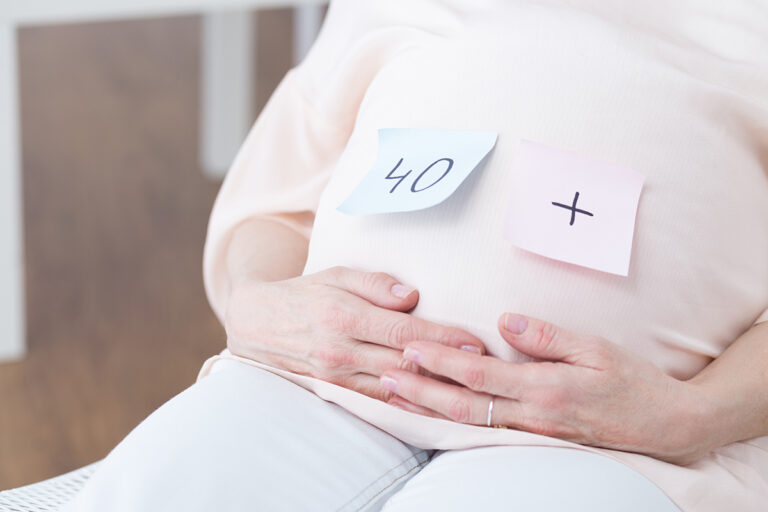Author: Dr. Priyanka Mohan
Qualification: MBBS, MS(OBG), FMAS, DMAS, FRM
Infertility is one of the hot topics you would find on the internet. “Infertile couples” is a term used for a couple younger than 35 years of age and having unprotected coitus for 12 months or more or in the case of couples who are older than 35 years of age and trying to get pregnant for six months and more and still unable to get pregnant. Infertility can be found in both males and females. In contrast, some infertility cases remain unexplained, and the World Health Organisation (WHO) has even declared this as one of the growing diseases.
An interesting fact is that infertility need not be restricted to humans alone; evidence has shown the extinction of various animal species because of infertility. Some medical experts even say that the human race will be wiped out entirely in two centuries or less if we don’t get control over infertility. This makes infertility treatment one of the most demanding treatments in today’s context, particularly in India, but recognised worldwide. The male and female fertility age graph shows that every one in ten couples is infertile in today’s context. The early onset of puberty is one of the alarming situations contributing to female infertility. Young girls start experiencing their first periods at an early age of seven to nine, and these early menstruations bring along early menopause. If you are concerned about fertility and conceiving, you can visit our fertility specialist at Motherhood Fertility & IVF Center. And get personalized treatment plans.

Fertility and Ageing
It’s a well-known fact that age has an impact on fertility. Usually, every female and male gets to their sexual maturity during their teenage years. For girls, it starts with the onset of ovulation, followed by menstruation. Once menopause sets in (usually in the late forties), the woman can no longer become pregnant. Reproductive organs undergo the natural process of getting active and inactive. The testicles of males start producing sperms by the time they turn 12, while by the late forties and early fifties, their quality reduces. Male sperm production rarely stops, while women are born with only a limited number of eggs.
Today, male and female fertility age chart has shown that age-related infertility isn’t uncommon. This could be because most couples wait until their 30s to start their families, and women experience their menstrual cycles early. Since women’s bodies has a limited number of eggs, the early onset of menstrual cycles means early menopause too, couples who are healthy and fit for conception delay it, inviting natural fertility issues.
Female Ageing and Fertility
The best women’s fertility age is considered in their mid 20s which gradually declines during their 30s, especially after 35. By 30, couples trying to conceive every month have a 20% success rate. By 40, it reduces by 5% per cycle. Women can lose their fertility after menopause. This could be why, despite 51 being the average age for the onset of menopause, most women lose their fertility by the time they reach their mid-40s.
Male Ageing and Fertility
Unlike the early fertility decline in a woman, male fertility gradually declines only much later. The older a man gets, the lower will be the sperm quality. Even this is detected only in his 60s. Aging does not cause male infertility. There have been cases where men have become fathers in their 60s. However, their testes become smaller and softer with age. The sperm production declines in motility (movement) and morphology (shape). There is also a higher risk of decreased libido, erectile dysfunction and gene defects in the sperm.
happiness with India’s
Trusted Fertility Chain
Need help? Talk to our fertility experts.
Had an IVF Failure? Take a Second Opinion.


